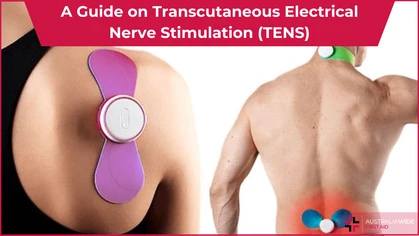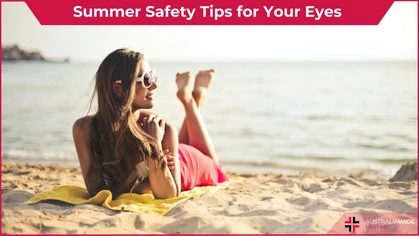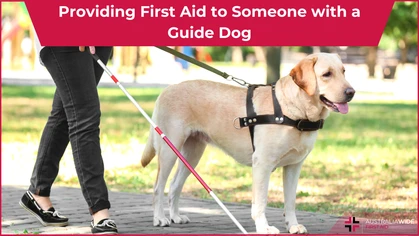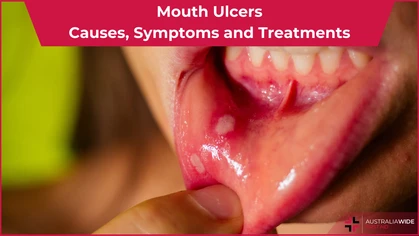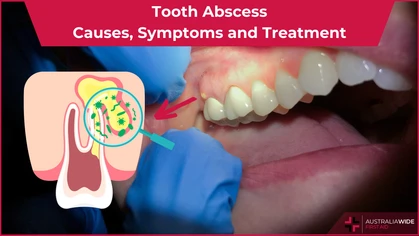Sneezing – How it Works, and How to Reduce the Impact

General Health-Related
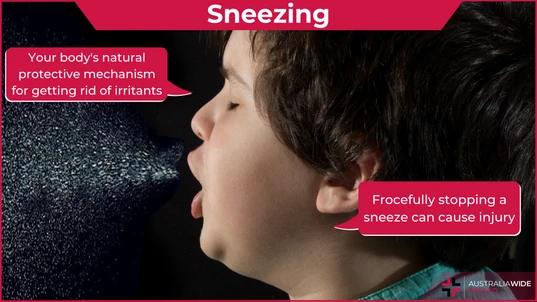
Sneezing expels foreign particles from your nasal passages.
Sneezing is a natural occurrence, albeit it a slightly annoying one. Designed to expel foreign particles, it is part of your body’s protective mechanisms. So how does sneezing actually work? When should you be concerned about sneezing? And how can you stop them?How Sneezing Works
Sneezing is a reflex action designed to protect the respiratory system from potential harm caused by irritants or foreign particles. The process of sneezing involves various organs and systems working together to expel the irritants and keep the airways clear. These include parts of the respiratory system, the chest, and facial muscles.- Detection of irritants: The sensory nerve endings in the nasal passages detect an irritant such as dust, pollen, smoke, pet dander, viruses, bacteria, or other foreign particles.
- Stimulation of the trigeminal nerve: The sensory nerve endings send signals to the trigeminal nerve, which is responsible for facial sensation. This nerve relays the information to the brain, specifically the medulla oblongata, which plays a crucial role in regulating involuntary bodily functions, including sneezing.
- Sneeze reflex activation: Once the brain receives the signal, it initiates the sneeze reflex. This causes the muscles in the chest, diaphragm, throat, and face to involuntarily contract.
- Deep breath intake: The muscles in the chest and diaphragm contract to create a buildup of pressure within the lungs. This is like taking a deep breath.
- Air expulsion: Suddenly, the muscles of the chest and diaphragm relax, and the muscles in the throat and face contract forcefully. This rapid release of air, traveling at speeds of up to 160 km/h, propels the irritants and foreign particles out of the respiratory tract, reducing the potential harm they could cause if they were to reach the lungs.
When is Sneezing Dangerous?
While sneezing is a natural and usually harmless bodily reflex, it can potentially be dangerous in certain situations. Here are some scenarios where sneezing might pose risks:- Driving or Operating Machinery: Sneezing can momentarily distract a person, which may lead to accidents. It is essential to stay focused on the road or task at hand, and if you feel a sneeze coming, try to safely pull over or stop the machinery before sneezing.
- Spreading Infections: Sneezing can spread infectious agents, such as viruses and bacteria, into the air and onto surfaces. If a person with a contagious respiratory infection sneezes, they can release respiratory droplets containing the pathogens, potentially infecting others nearby. This is why it's crucial to cover your mouth and nose with a tissue or your elbow when sneezing to minimize the spread of germs.
- Injury: In rare cases, sneezing can cause injury, particularly if the sneeze is forceful. It may strain muscles, particularly in the chest or back, and cause pain or discomfort.
- Eye and Ear Injuries: Sneezing with your eyes open is not common, but some people can inadvertently do it. This action could potentially lead to eye injuries due to the forceful expulsion of air. Additionally, a powerful sneeze can sometimes affect the middle ear and cause discomfort or, in rare cases, damage to the eardrum.
When Should a Doctor be Consulted about Sneezing?
While sneezing is a common and normal bodily reflex, there are certain situations when you should consider seeing a doctor about your sneezing:- Excessive Sneezing: If you are sneezing frequently throughout the day and it becomes bothersome or disruptive to your daily activities. This could be a sign of an underlying issue, such as allergies, respiratory infections, or other health conditions.
- Persistent Sneezing: If you have been sneezing persistently for an extended period (several weeks or more) and the condition does not seem to be improving. Persistent sneezing can be a symptom of allergic rhinitis, chronic sinusitis, or other respiratory conditions that may require treatment.
- Accompanying Symptoms: If your sneezing is accompanied by other concerning symptoms, such as nasal congestion, runny nose, cough, wheezing, shortness of breath, facial pain or pressure, fever, or general malaise, it may indicate an infection or other health issue.
- Allergic Reactions: If you suspect that your sneezing is triggered by allergens and it is causing significant discomfort or interfering with your quality of life. An allergist can help identify the specific allergens and develop a management plan.
- Chronic Health Conditions: If you have pre-existing medical conditions, such as asthma or chronic obstructive pulmonary disease (COPD), and notice changes in your sneezing patterns or respiratory symptoms, it's crucial to seek medical attention promptly.
- Injuries or Complications: If you experience pain, discomfort, or injuries related to sneezing, such as strained muscles, dislocated rib, or eye discomfort, seek medical attention to assess and address the issue properly.
- Unexplained or Severe Sneezing: If you have sudden, severe, and unexplained sneezing episodes or if you notice other unusual symptoms accompanying the sneezing.
Old Wives’ Tales for Stopping Sneezes
While they may be interesting or amusing to hear, it's important to remember that these remedies are not backed by medical science and should not be relied upon for serious health concerns. Here are a few old wives' tales for stopping a sneeze:- Looking at a bright light
- Tweezing eyebrows or pinching the nose
- Pressing the upper lip
- Tickling the roof of the mouth with the tongue
- Drinking a glass of water
- Pulling on earlobes
How to Reduce Sneezing
Stopping a sneeze completely is not recommended. However, if you find yourself in a situation where you want to minimize the impact of a sneeze or reduce the frequency of sneezing, you can try the following techniques:- Avoid triggers: Identify and avoid exposure to the triggers that make you sneeze. Common triggers include allergens like pollen, pet dander, dust mites, and certain environmental pollutants.
- Nasal irrigation: Using a saline nasal rinse or saline spray can help remove irritants and reduce sneezing by keeping your nasal passages moist and clear.
- Allergy medications: Over-the-counter antihistamines and nasal corticosteroids can help control sneezing caused by allergies. Consult with a healthcare professional before starting any new medication.
- Stay indoors: On days with high pollen counts or poor air quality, staying indoors with windows closed can reduce your exposure to irritants.
- Keep a clean environment: Regularly clean your living space, especially your bedroom, to reduce dust, mould, and other potential allergens.
- Wash hands frequently: Proper hand hygiene can help prevent the spread of viruses and bacteria that cause respiratory infections.
- Cover your nose and mouth: When you feel a sneeze coming, use a tissue or sneeze into your elbow to prevent the spread of germs to others.
- Stay hydrated: Drinking plenty of water can help keep your nasal passages moist, which may reduce sneezing.
- Reduce stress: Stress and anxiety can sometimes exacerbate sneezing or allergic reactions.
Originally published at
https://www.australiawidefirstaid.com.au/resources/sneezing
as part of the Australia Wide First Aid Articles Library


